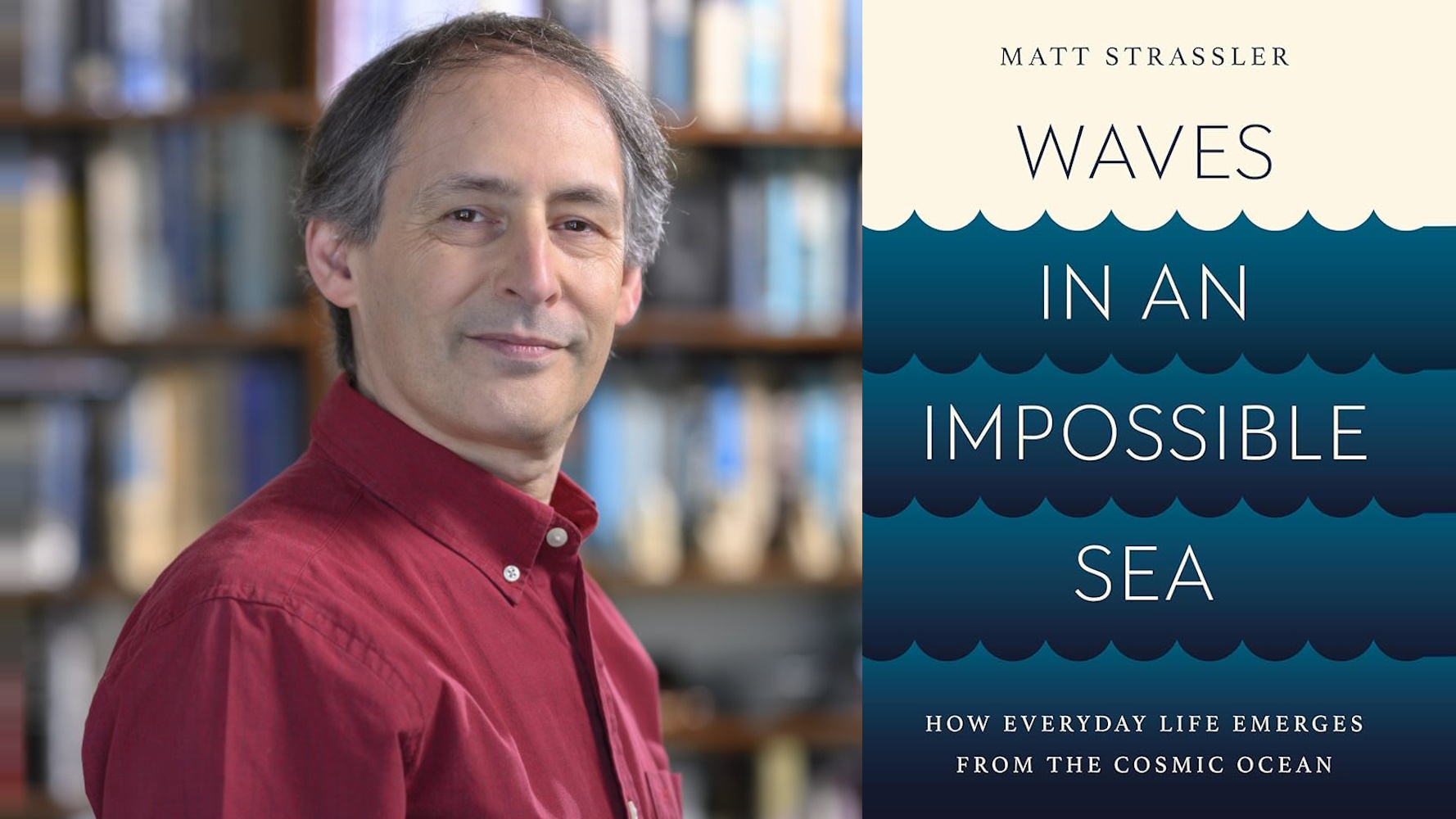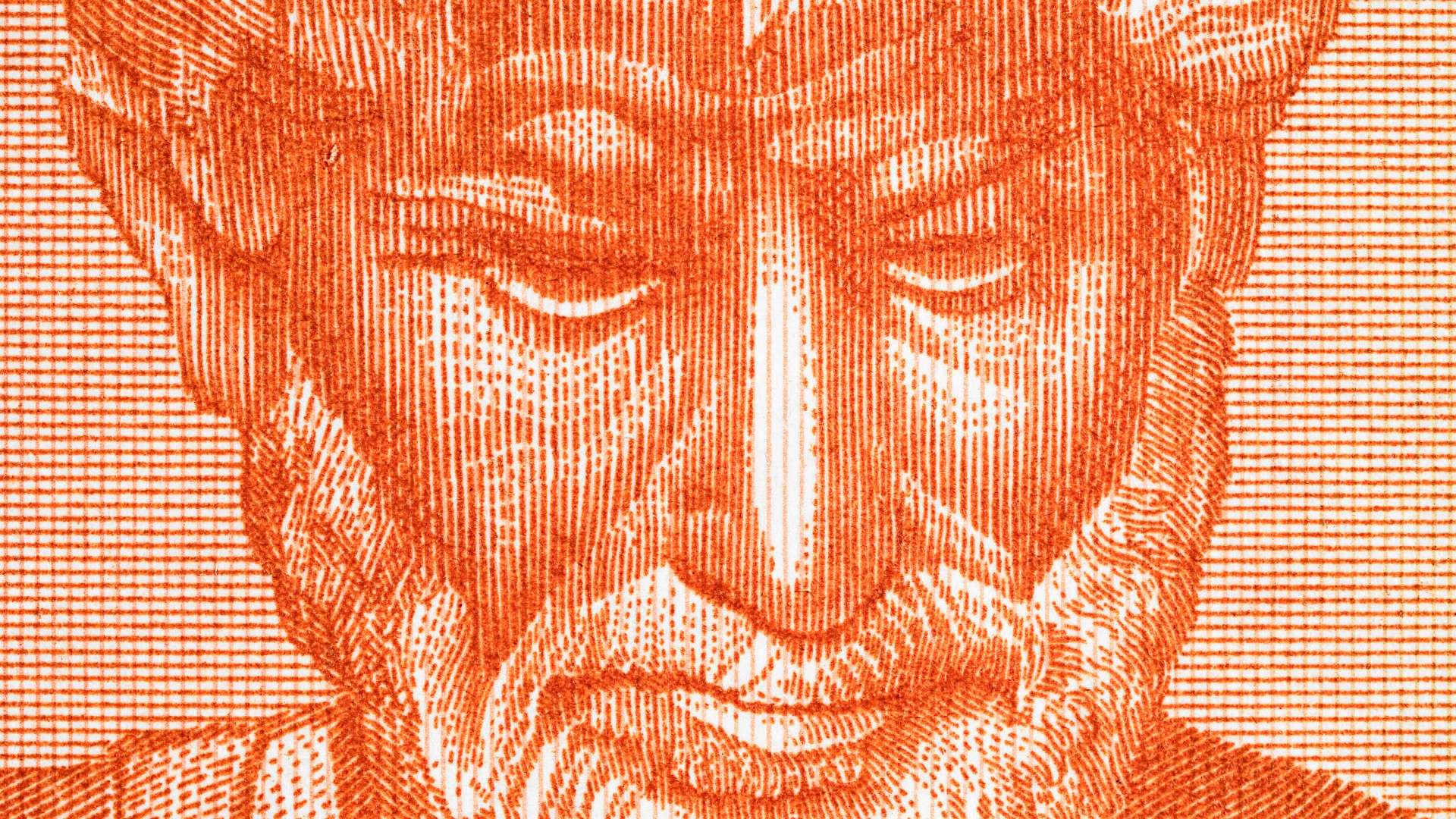Louis Menand recalls the most vehement reactions his essays have ever gotten—including one from a reader who didn’t realize Menand agreed with him.
Question: What’s the mostrnvehement reader reaction you’ve ever gotten?
rnrnLouis Menand: Onernof the oddities about responses that you get to what you write, if you rnget arnfair number of them, is that people have very different ideas of what rnyournsaid. People tend to read with arnpreconceived idea of what the piece is about. If rnthere are nuances in the argument, they won’t pick themrnup. Sometimes people won’t evenrnfinish a piece that you wrote, because they’ve already decided what it rnis thatrnyou want to say, and generally I, whatever I say in the first half of rnthernpiece, you should not assume I'm going to end up with, but they don’t rnfinish readingrnthem. So, and people readrnfast and stuff. So you do get oddrnresponses, but a lot of that is just that, you know, that people are, rnjustrnaren’t reading it quite the way that you wrote it.
rnrnI think the, I guess the oddest response recently rnthat I gotrnwas I wrote an editorial about Fox News, a comment, as the sort of rneditorial,rnfirst piece in the magazine. Andrnthis was a response to some statement from the Obama administration thatrn theyrnwere going to not treat Fox News reporters as real reporters. So I wrote a comment about it, and Irnthink Fox News is fairly ridiculous—and certainly the opinionaters on rnFox arernridiculous—and I’ve made some fun of them at the beginning of the piece,rn but I,rnat the end of the piece, which was only about 1,000 words, I said that Irnthought it was a bad idea for the state or the White House, whatever, torn singlernout one news organization and say you’re not a real news organization. I just think that’s a very chillingrnthing and the First Amendment is all about letting people, even people rnwhosernviews your despise, have their say, because then at the end of the day, rnyou canrnsay, "You had your say and you lost." rnIf you silence them, you don’t get to say that. Sorn I said this in the piece.
rnrnSo I got a very angry email from somebody who was arn Fox Newsrnjunkie, who said, “You Harvard professors are all the same, Fox News is rngreat,rnyou know, you’re full of it,” and so I wrote back and I said, “Did you rnfinishrnreading the piece?” And he said,rn“No, I didn’t bother, it was such drivel.” So I rnwas like, “But you bothered to write an email about it,rnisn’t that kind of weird?” I mean,rnso you do get that.
rnrnQuestion: After yourncriticized the “Eats, Shoots & Leaves” author, did people start rncritiquingrnyour grammar?
rnrnLouis Menand:Ifrn you write for the NewrnYorker, you always get people critiquing your grammar, you can count onrnit. So, because a lot of NewrnYorker readers are kind of, you know, amateur grammarians and so you do rnget arnlot of that. So that, I’m used tornthat.
rnrnBut I think, yeah, with that piece, so this was rnthis book byrnLynne Truss and it was a big, big bestseller in the US, and there were arn lot ofrnbad things about it. One was thatrnthe style of punctuation that she was explaining in the book is British rnstylernof punctuation, which doesn’t work in the United States, I mean, they rnhaverndifferent rules, so it didn’t make sense that people buy this book in rnthe USrnand think they were going to learn how to punctuate from it.
rnrnAnd then the book itself was full of real, I mean, rnlikernhowlers, I mean, really bad punctuation mistakes and some grammaticalrnerrors. So I had to say this, Irnmean, you know, I just thought the world should, at least somebody rnshould sayrnthat she doesn’t know how to punctuate.
rnrnSo the great thing was that there was a fuss in rnEnglandrnabout it, apparently, and her editor was interviewed and he was asked rnabout myrnreview, and he called me a "wanker"—which I thought was, you know, not rnveryrnclassy, but all right—and then itrnturned out that the next book Lynne Truss was going to write was rncivility, howrnthere’s no civility any more. Shernshould start with her editor.





